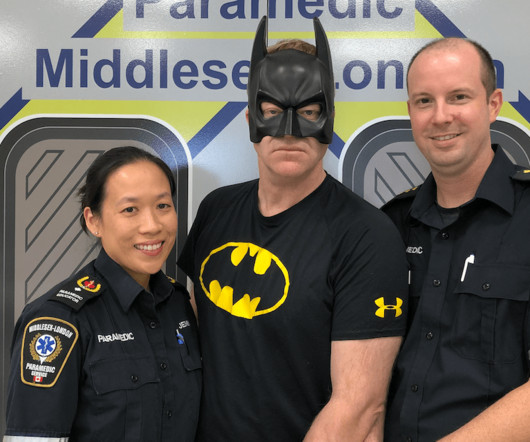Therapeutics: Pacing Through Skin and Vein
Taming the SRU
JUNE 24, 2024
In these patients, with a heart rate less than 50 beats per minute, initiate advanced cardiac life support (ACLS) bradycardia algorithm. The efficacy of transcutaneous cardiac pacing in ED.” Anteroposterior pacer pad position is better than anterolateral for transcutaneous cardiac pacing.”











Let's personalize your content